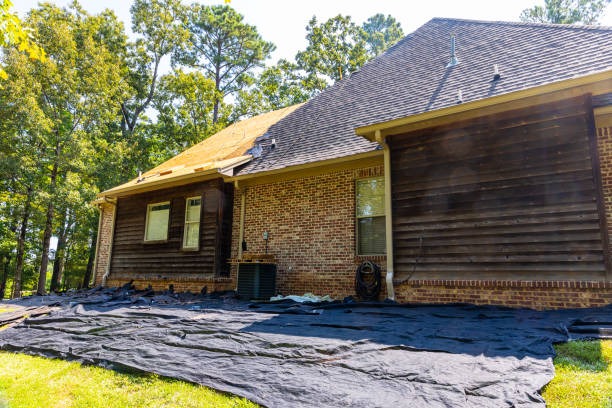Navigating the complexities of roof damage insurance claims can often be a daunting task for homeowners. The process involves not only understanding intricate insurance policies but also managing repairs and ensuring that all paperwork is accurately completed. Fortunately, enlisting the services of professional contractors can significantly simplify this process, making roof damage insurance claims more manageable and less stressful.
Professional contractors bring a wealth of experience and expertise to the table, which is invaluable when dealing with insurance companies. These experts understand the nuances of various roofing systems and are well-versed in identifying even subtle damages that might otherwise go unnoticed by an untrained eye. By conducting thorough inspections, they provide detailed reports that accurately reflect find the source here damage. This documentation is crucial as it forms the basis for any claim submitted to an insurance company.
Moreover, professional contractors are adept at navigating the often convoluted language found in insurance policies. They can help homeowners interpret policy details to ensure that all potential benefits are maximized. Understanding terms such as actual cash value versus replacement cost or knowing what constitutes wear and tear versus storm damage can make a significant difference in how much compensation one receives from an insurer.
In addition to their technical knowledge, professional contractors act as advocates for homeowners throughout the claims process. They liaise directly with insurance adjusters, providing necessary information and clarifications on behalf of their clients. This advocacy ensures that insurers receive accurate assessments from credible sources rather than relying solely on internal evaluations which may not always favor policyholders.
The involvement of professional contractors also streamlines repair processes post-approval of claims. Once an insurer agrees to cover damages based on submitted evidence, these experts coordinate repair schedules efficiently while maintaining high standards of workmanship using quality materials suited for specific needs outlined during initial assessments.




